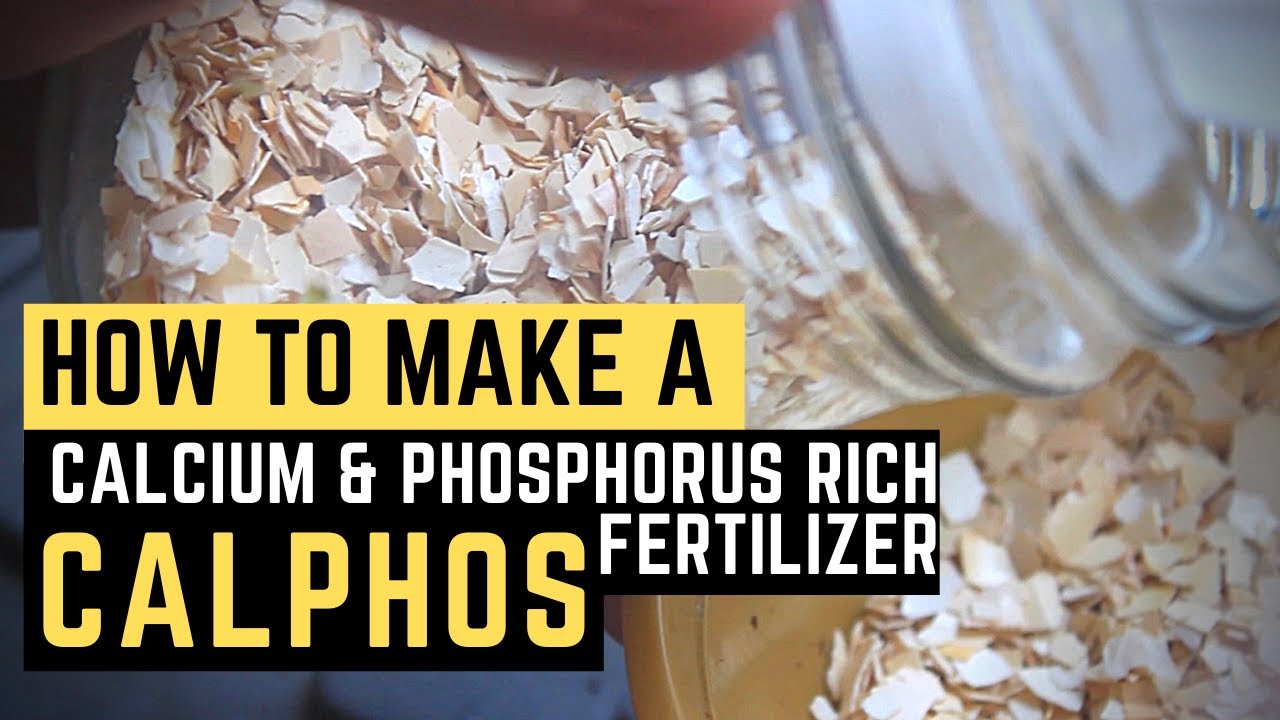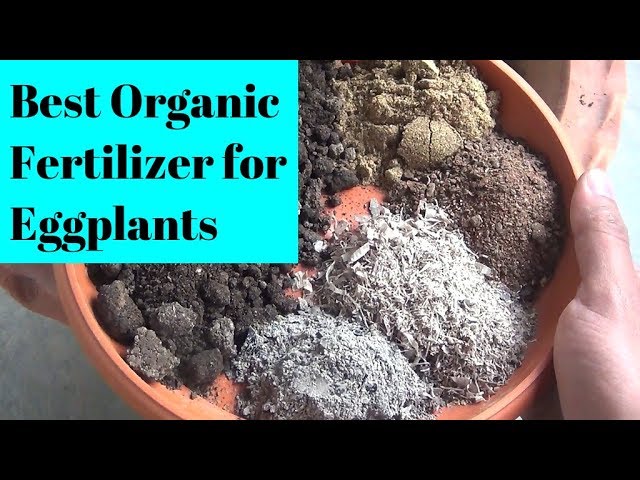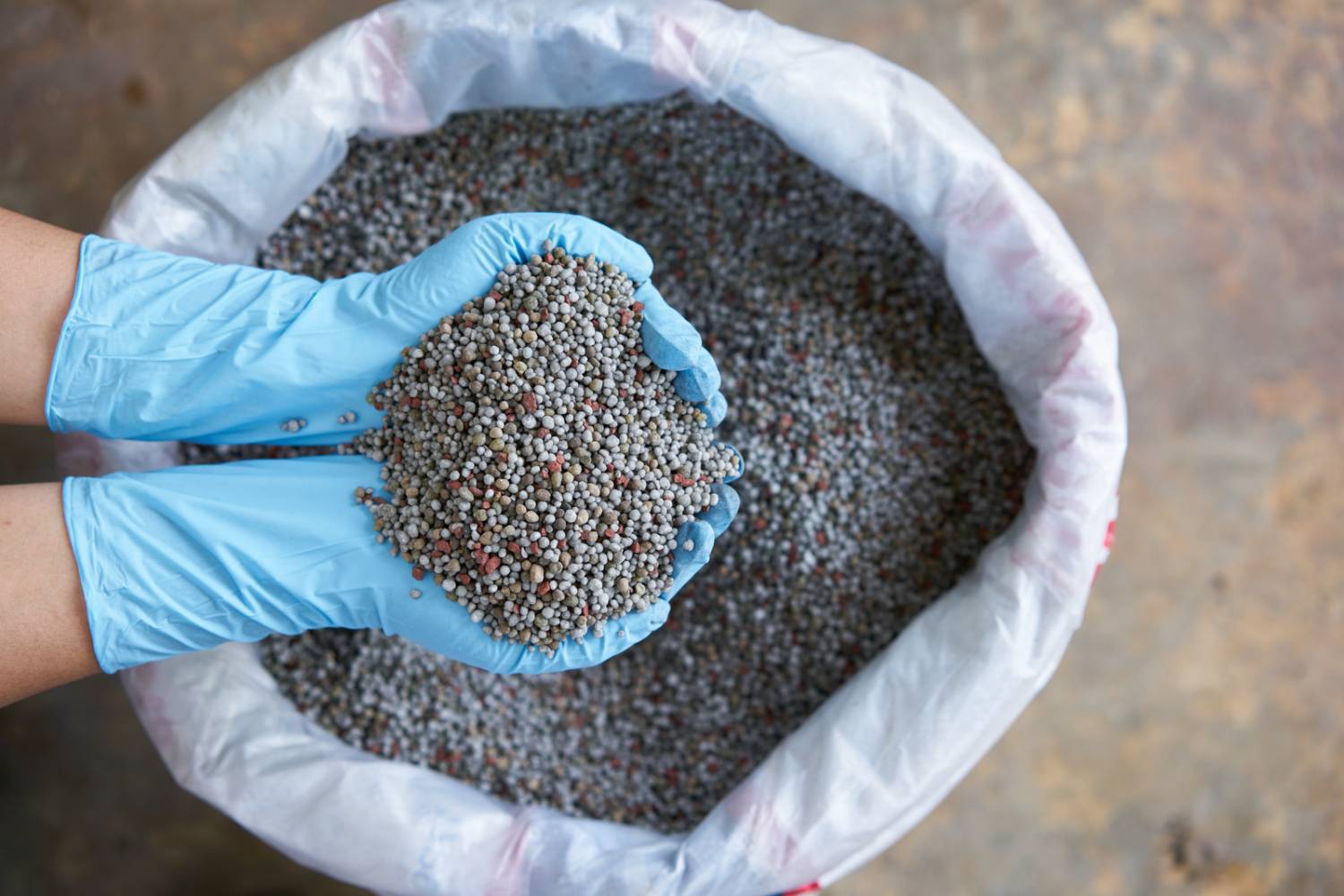How to Make Calcium-Rich Fertilizer at Home
Our plants need various nutrients to grow and thrive, and calcium is one of the most important ones. It helps in the development of strong cell walls, proper enzyme activity, and nutrient uptake. While you can buy calcium-rich fertilizers from the store, making your own at home is not only cost-effective but also ensures that you know exactly what is going into your plants. In this article, we will guide you on how to make a DIY calcium-rich fertilizer at home.
Materials Needed:
- Eggshells
- Vinegar
- Mason jar
- Water
- Measuring cup
Steps to Make Calcium-Rich Fertilizer:
1. Start by collecting eggshells from your kitchen. Wash them thoroughly to remove any residual egg white or yolk.
2. Allow the eggshells to air dry completely. Once dry, crush them into small pieces. You can use a blender or mortar and pestle for this step.
3. Measure out the crushed eggshells using a measuring cup. Fill a mason jar halfway with the crushed eggshells.
4. Add vinegar to the mason jar until the crushed eggshells are fully covered. The vinegar will help break down the calcium in the eggshells.
5. Close the mason jar with a lid and let it sit for a few days. Shake the jar occasionally to help the vinegar mix with the eggshells.
6. After a few days, you will notice bubbles forming in the mason jar. This indicates that the calcium in the eggshells is being released into the vinegar solution.
7. Dilute the calcium-rich liquid fertilizer with water. The exact ratio will depend on your plants’ needs and the concentration of the solution.
8. Use the calcium-rich fertilizer to water your plants. You can also spray it on the leaves for foliar feeding.
Benefits of Using Homemade Calcium-Rich Fertilizer:
- Cost-effective
- Environmentally friendly
- Customizable for your plants’ needs
- Reduces waste by repurposing eggshells
By following these simple steps, you can create a calcium-rich fertilizer at home to give your plants the nutrients they need to grow healthy and strong. Experiment with different ratios and application methods to find what works best for your garden. Happy gardening!



